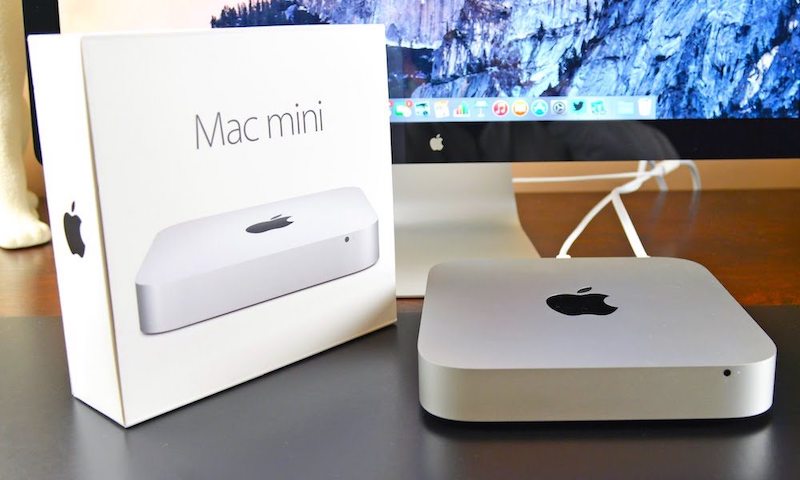
My new Mac Studio is here and I am setting it up with a Dell UltraSharp display while I am still waiting for the matching Studio Display to arrive. I’m also thinking about what I can use my iMac for as it’s second act. Maybe it will get setup in one of the kid’s rooms when they go back to school in the fall.
With an update or two, my iMac still has a bit of life left in it if you don’t mind the discoloration around the edges of the display. Steve published a video published on his Mac84 YouTube channel back in March about using and older second hand Mac and running it as your main computer. In short, for not a lot of downsides, you can run an older computer and save a ton of money if you aren’t the kind of person who needs the latest and greatest. Steve was providing a counter-argument to Karen Haslam’s MacWorld UK piece titled Why you shouldn’t buy a second hand Mac.
Earlier this year, I adopted a used 2011 Mac mini that I purchased from Free Geek Twin Cities. With shipping and some extra RAM, the who thing cost me about $200. So why would I buy an 11-year old Mac that can only run macOS High Sierra (v10.13.6) and spend money on new RAM? Well, I didn’t have one in my collection yet, but that’s not really a good reason.
No, I decided to by a used Mac mini because I wanted a Mac that I could use a home server of sorts. New Apple Silicon Mac minis are too expensive. So are other used recent models (2014 – 2018). Originally, the starting price for the 2011 Mac mini was $599, according to the July 20, 2011 press release. I just wanted a machine that I could hang an hold hard drive off the back of serve out files and host a local copy of media files of old TV shows that I had on DVD in the Apple TV app on my iPad Pro. I also turned on the content caching feature to try to help out on software update days when I have to download OS updates and then install it on multiple devices in the house.
My Mac mini runs really well and just sits quietly in the background until I need it. I did notice that occasionally it would drop off the network. I run this Mac without a keyboard or mouse, I access it over the network using Edovia Screens, which is one way I that I find that it’s off the network. That problem was easily fixed by using the Energy Saver control panel to schedule a daily reboot at 2:00am – a time that no one in the house would be using it. If you want more flexibility about when things happen on your Mac, and you don’t mind using the Terminal app’s Unix command line interface (CLU), can use the launcherd service (crontab on other Unix or Linux systems) to write and schedule all sorts of tasks to fit your needs. For me, I was happy with the Energy Saver control panel. (I used to manage production Linux database servers at work. While I can write shell scripts and schedule them with crontab, I just dont’ want the extra hassle on my home machines.)
So, where does this leave us? Speaking personally, I’m happy with my adopted Mac mini. It’s small and easily lives inside my downstairs entertainment center along with an old Blue-ray player, Xbox 360, and Nintendo Wii. It does what I need it to do, and it’s service life was extended meaning that it won’t end up in a landfill anytime soon.
If you are looking for an inexpensive option for a computer for home use needs like surfing the web, sending email, and productivity documents, a used or refurbished machine is a great way to go.
I have purchased and loved used hardware purchased directly from Apple, Gazelle, and Swappa. My two favorite places to buy used tech are Free Geek Twin Cities with their eBay store and BackMarket.
Many computers have a long service life after they are no longer manufactured. Re-using old computers and gadgets is good for your wallet, helps the planet, and saves you money. That sounds like a good deal to me.




